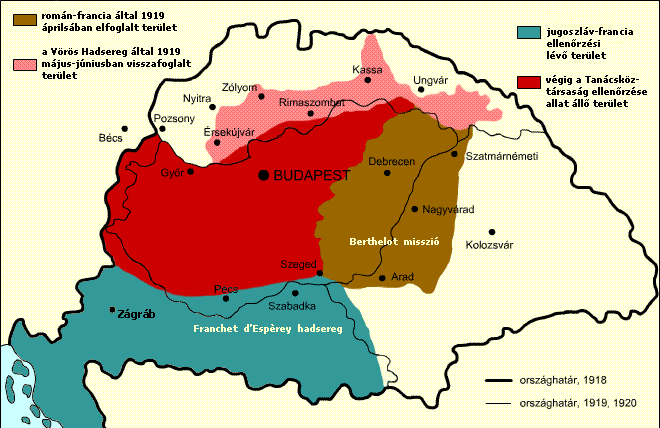|
Jakó I Kaplon
Jakó (I) from the kindred Kaplon (; died after 1263) was a Hungarian nobleman in the 13th century, who served as ''ispán'' of Zólyom County from 1243 to 1245 and in 1263. He was progenitor of various noble families, including the Sztáray family. Family and career Jakó (or Jákó) originated from the ancient Hungarian kindred Kaplon (also Kaplyon or Kaplony). According to the tradition, the clan descended from Kond, one of the seven chieftains of the Magyars during the conquest of the Carpathian Basin in the late 9th century. Jakó's parentage is unknown, thus he is the first member of the kindred's so-called Nagymihály branch,Engel: ''Genealógia'' (Genus Kaplon 7., Nagymihály branch) which possessed landholdings in Szatmár County. Jakó was ''ispán'' of Zólyom County from 1243 to 1245. According to a non-authentic charter with the date 1274, Jakó built a castle called Jakóvár (lit. "Jakó's Castle"), which was later called Meggyes, near present-day Medieșu Aurit ... [...More Info...] [...Related Items...] OR: [Wikipedia] [Google] [Baidu] |
Zólyom County
Zvolen (; ; ) is a city in central Slovakia, situated on the confluence of Hron and Slatina River (Slovakia), Slatina rivers. It is famous for several historical and cultural attractions. It is surrounded by Poľana Protected Landscape Area, Poľana mountain from the East, by Kremnica Mountains, Kremnické vrchy from the West and by Javorie and Štiavnica Mountains, Štiavnické vrchy from the South. The population numbers approximately 40,000, which makes it the twelfth-largest city in Slovakia by population, thirteenth by size. It is the center of the Podpoľanie historical region and the seat of a county (Zvolen District). It is also an important transportation hub in Slovakia, being one of the four central train stations in Slovakia (others are Bratislava, Košice and Žilina). Etymology The name is of Slovak language, Slovak (Slavic) origin meaning "the chosen one, splendid, excellent". The Hungarian language, Hungarian ' and the German language, German ' were derived from ... [...More Info...] [...Related Items...] OR: [Wikipedia] [Google] [Baidu] |
